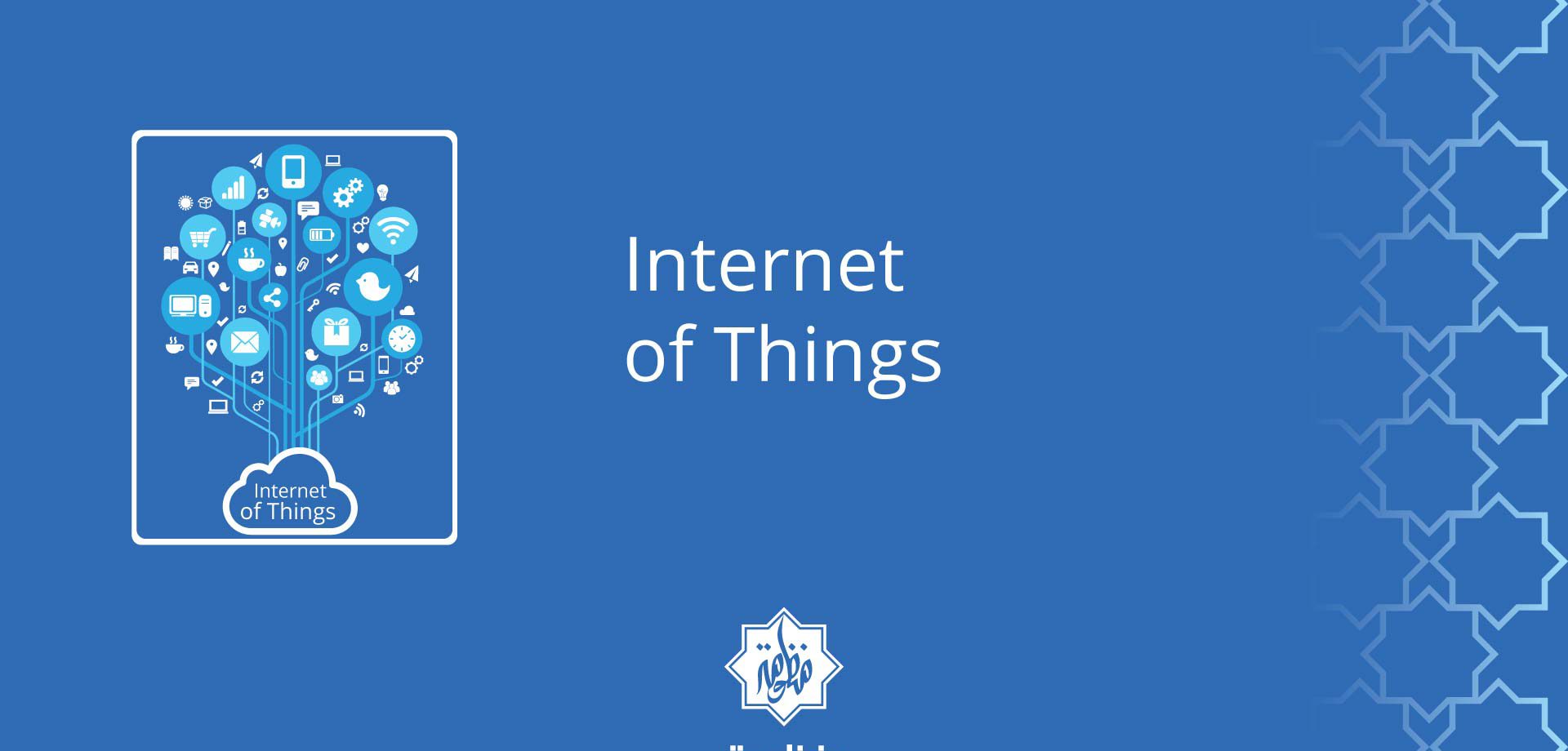The internet of things (IoT) is a computing concept that describes the idea of everyday physical objects being connected to the internet and being able to identify themselves to other devices. The term is closely identified with RFID as the method of communication, although it also may include other sensor technologies, wireless technologies or QR codes.
The IoT is significant because an object that can represent itself digitally becomes something greater than the object by itself. No longer does the object relate just to its user, but is now connected to surrounding objects and database data. When many objects act in unison, they are known as having “ambient intelligence.”
For example you are on your way to a meeting; your car could have access to your calendar and already know the best route to take. If the traffic is heavy your car might send a text to the other party notifying them that you will be late. What if your alarm clock wakes up you at 6 a.m. and then notifies your coffee maker to start brewing coffee for you? What if your office equipment knew when it was running low on supplies and automatically re-ordered more? What if the wearable device you used in the workplace could tell you when and where you were most active and productive and shared that information with other devices that you used while working?
The IoT can be applied to things like transportation networks: “smart cities” which can help us reduce waste and improve efficiency for things such as energy use; this helping us understand and improve how we work and live.
Reimagine Work
By creating networks of machines and devices in our physical and virtual workplaces, the IoT will increase productivity. Employees can react in real time to demands, changes, and opportunities. Things and machines will have increased utilization and longevity. And physically stressful or dangerous work can be handed over to machines, freeing up human workers’ time and energy to focus on quality and creativity.
Enable Operability and Openness
The IoT’s potential can only be fully realized, though, when things, devices, and machines are technically able to interact with each other not just within the boundaries of the company but within a larger business ecosystem. All digitized assets will need a high level of interoperability so they can communicate through modern IoT standards and connect to a company’s business systems.
But the IoT’s real gold is in the data that is collected from all the various things, devices, and machines that are connected together. Companies will need a data strategy for the IoT, using open standards for data exchange.
Strategic Asset Management
Most companies today don’t have a real-time information repository of their assets, yet fixed assets can account for as much as one-third of all operating costs. Even in a highly automated manufacturing process, then, strategic IoT-based asset management can help save costs and resources and define a new path for innovation. With the IoT, businesses can monitor and evaluate asset usage patterns and maintenance routines, estimate current asset values, and find new ways to optimize asset use. Moreover, companies can share their assets with business partners, which will drive down costs and potentially uncover new business models. Companies can manage their assets with the IoT by optimizing routing for cars and trucks involved in logistics services, reducing machine downtime through remote maintenance and predictive analytics, and improving logistics and production planning by combining data from the IoT with demand and logistics.
Resource-Optimized Innovation
Using the IoT, companies can make their products more interactive. They can monitor the actual use of their products, getting live feedback from customers and gathering data about longevity and performance. Products will no longer be designed once but will go through multiple iterations as part of a continuous, real-time innovation process. Not only will products become better over time, but customer loyalty will also be improved.


